As you accumulate experience and level up, your casters will gain access to a wider array of spells. By third level most casters will be padding their magical arsenal with 2nd-level spells, which are a welcome addition to the cantrips and 1st-level spells which are generally of limited utility and potency. On this page we’ll list what we consider to be the best 2nd-level spells for all characters and classes and provide justifications for our choices and what makes these spells stand out above the rest.
List of Best 2nd-Level Spells in BG3¶
| Best 2nd-level Spells | Classes |
|---|---|
| Bard, Cleric, Sorcerer, Wizard | |
| Bard, Sorcerer, Warlock, Wizard | |
| Sorcerer, Warlock, Wizard | |
| Enlarge/Reduce | Sorcerer, Wizard |
| Bard, Cleric, Druid, Sorcerer, Warlock, Wizard | |
| Bard, Sorcerer, Warlock, Wizard | |
| Bard, Cleric, Druid, Paladin, Ranger | |
| Sorcerer, Warlock, Wizard | |
| Cleric | |
| Sorcerer, Wizard |
Blindness is a fine substitute for Hold Person, when the enemy is a nonhumanoid or which is otherwise immune to Hold Person.
Blindness¶
![]() Blindness is generally inferior to
Blindness is generally inferior to ![]() Hold Person, as it doesn’t grant attackers automatic critical hits. It also doesn’t check Wisdom Saving Throws, but rather Constitution Saving Throws, which is a stat bruisers are likely to have. Still, if you can get it to land it’ll cause the victim to have Disadvantage on Attack Rolls, and when attacked, attackers will have Advantage, making it a very useful debuff. The only time you’ll prefer Blindness over Hold Person is when you’re targeting a foe that’s not a humanoid, in which case it’s a very solid debuff that’ll make it easier to strike down nasty beasts. It also doesn’t require concentration, so once you land it, you don’t have to worry about it, although the enemy can make a new save every turn.
Hold Person, as it doesn’t grant attackers automatic critical hits. It also doesn’t check Wisdom Saving Throws, but rather Constitution Saving Throws, which is a stat bruisers are likely to have. Still, if you can get it to land it’ll cause the victim to have Disadvantage on Attack Rolls, and when attacked, attackers will have Advantage, making it a very useful debuff. The only time you’ll prefer Blindness over Hold Person is when you’re targeting a foe that’s not a humanoid, in which case it’s a very solid debuff that’ll make it easier to strike down nasty beasts. It also doesn’t require concentration, so once you land it, you don’t have to worry about it, although the enemy can make a new save every turn.
Cloud of Daggers¶
One of the few persistent AoE spells we’ll recommend, ![]() Cloud of Daggers affects a relatively small area, and deals a middling 4d4 (4-16) damage to all characters in its area each turn. You can’t redirect where it goes, so you’ll need to work around it. On the plus side, enemies don’t have to end their turn in it to take damage - merely passing through will suffice, and while many enemies are smart enough to avoid such hazards (using ranged attacks if necessary) some are dumb enough to amble through it. Even if your foes escape after its initial casting, anything that knocks them back into or through the Cloud of
Cloud of Daggers affects a relatively small area, and deals a middling 4d4 (4-16) damage to all characters in its area each turn. You can’t redirect where it goes, so you’ll need to work around it. On the plus side, enemies don’t have to end their turn in it to take damage - merely passing through will suffice, and while many enemies are smart enough to avoid such hazards (using ranged attacks if necessary) some are dumb enough to amble through it. Even if your foes escape after its initial casting, anything that knocks them back into or through the Cloud of ![]() Daggers will cause more damage, making it a boon for Warlocks with Repelling Blast or high-Strength characters keen on Shoving enemies through the Cloud of Daggers. Sure, you’ll outgrow it eventually, but it’ll shine for a few levels, in specific scenarios.
Daggers will cause more damage, making it a boon for Warlocks with Repelling Blast or high-Strength characters keen on Shoving enemies through the Cloud of Daggers. Sure, you’ll outgrow it eventually, but it’ll shine for a few levels, in specific scenarios.
Darkness¶
Essentially an upgraded version of ![]() Fog Cloud, like the aforementioned 1st-level spell, it obscures characters within its area, preventing ranged attacks in or out of the area. It blinds characters within its area (a temporary condition that ends when you walk out, has the same 5-meter area-of-effect, 18-meter range, 10 round duration and it requires concentration. So if it’s redundant, why bother with it? Well, it’s an edge case, but there’s an interesting combo you can pull off with
Fog Cloud, like the aforementioned 1st-level spell, it obscures characters within its area, preventing ranged attacks in or out of the area. It blinds characters within its area (a temporary condition that ends when you walk out, has the same 5-meter area-of-effect, 18-meter range, 10 round duration and it requires concentration. So if it’s redundant, why bother with it? Well, it’s an edge case, but there’s an interesting combo you can pull off with ![]() Darkness - a Warlock with the Devil’s Sight invocation can see in magical darkness, and can essentially use this spell to gain advantage on attack rolls. For a Pact of the Blade Warlock (perhaps one with Paladin levels?) this is a significant boon, especially if they’re backed up by competent ranged characters who can run in and out of the Darkness to take potshots as needed.
Darkness - a Warlock with the Devil’s Sight invocation can see in magical darkness, and can essentially use this spell to gain advantage on attack rolls. For a Pact of the Blade Warlock (perhaps one with Paladin levels?) this is a significant boon, especially if they’re backed up by competent ranged characters who can run in and out of the Darkness to take potshots as needed.
Enlarge/Reduce¶
Another edge case, sometimes very small characters can fit in tight places - burrows, holes, etc. And by “very small”, we mean gnomes/halflings who have been further diminutize via Reduce. If you have the ![]() Mask of the Shapeshifter, you can change any character you control into a shorter race on a whim, allowing you to access these locations. It’s not something you need to keep in your spellbook regularly, but when it’s useful, it’s useful. Check out the How to Use Burrow Holes page for more details.
Mask of the Shapeshifter, you can change any character you control into a shorter race on a whim, allowing you to access these locations. It’s not something you need to keep in your spellbook regularly, but when it’s useful, it’s useful. Check out the How to Use Burrow Holes page for more details.
(1 of 3) Hold Person is arguably the best 2nd-level spell in the game, rending a target all but helpless and upcasting to affect multiple targets.
Hold Person¶
Quite possibly the best 2nd-level spell in the game, it’s great from the moment you gain access to it, and remains useful for the rest of the game, with some caveats. You target a humanoid enemy, and if they fail a Wisdom Saving Throw, they’re probably in trouble, as they’ll become paralyzed, incapable of moving, acting or reacting. Attacks will also always score critical hits as long as they’re within 3 meters, which ranges from silly to outright broken, depending on who is landing the critical hit.
There are some weaknesses, however. First, if your enemy saves, you just wasted your time, and they can attempt to break the spell every turn, getting a new save each turn. If your caster goes right before the target, they’ll functionally get two saves before any of your party members can take advantage, which is less than ideal. The spell also requires concentration, so it’s possible to lose control of your spell if you take damage or end up debuffed. Worst, however, is the spell’s limitation to “persons”, or living humanoids - undead, constructs, beasts, aberrations, etc won’t be affected, which includes a significant number of enemies.
That said, if you hold a difficult foe and can get your warriors in melee range, you can pulp even difficult foes with startling ease - Paladins are especially capable of taking advantage of this spell, due to the free smites this will yield.
Invisibility¶
![]() Invisibility has numerous applications, both in and out of combat, but essentially it’s useful any time you simply cannot avoid an enemy’s line of sight. Some merchants have a lot of NPCs around them, and some objects/areas have numerous vigilant guards. Invisibility will help you get by, in either scenario, and while you can just quaff a Potion of Invisibility to achieve the same end under the relatively rare scenario where such exceptional stealth is necessary, spell slots can be replenished by resting. Note that Invisibility won’t help with the Sleight of Hand check required to pickpocket enemies, and some actions like opening doors or chests, moving objects around, pulling levers, etc., may cause enough noise to get you caught even with Invisibility. Invisibility only lasts ten turns and requires concentration, and while you can use it to make a telling first strike (with Advantage, we might add), attacking or casting spells will prematurely end the effects of this spell, so try not to get caught in a bad situation.
Invisibility has numerous applications, both in and out of combat, but essentially it’s useful any time you simply cannot avoid an enemy’s line of sight. Some merchants have a lot of NPCs around them, and some objects/areas have numerous vigilant guards. Invisibility will help you get by, in either scenario, and while you can just quaff a Potion of Invisibility to achieve the same end under the relatively rare scenario where such exceptional stealth is necessary, spell slots can be replenished by resting. Note that Invisibility won’t help with the Sleight of Hand check required to pickpocket enemies, and some actions like opening doors or chests, moving objects around, pulling levers, etc., may cause enough noise to get you caught even with Invisibility. Invisibility only lasts ten turns and requires concentration, and while you can use it to make a telling first strike (with Advantage, we might add), attacking or casting spells will prematurely end the effects of this spell, so try not to get caught in a bad situation.
You can use Lesser Restoration to remove various debuffs from your party members and the odd NPC.
Lesser Restoration¶
Another edge-case, adventuring can be a dangerous vocation, and aside from Hit Point damage, characters can end up exposed to a variety of ailments and debuffs, like disease, poison, paralysis or blindness. Most of these will clear up over time, or after a taking a Long Rest, but sometimes you just don’t have that kind of time. In those cases, ![]() Lesser Restoration will clear those debuffs, which is often preferable to enduring a long span of combat with such a handicap. Some NPCs you encounter will also suffer from such ailments, and curing them can prove lucrative. Between curing your own allies and restoring the odd NPC, you’ll probably want to keep this spell handy.
Lesser Restoration will clear those debuffs, which is often preferable to enduring a long span of combat with such a handicap. Some NPCs you encounter will also suffer from such ailments, and curing them can prove lucrative. Between curing your own allies and restoring the odd NPC, you’ll probably want to keep this spell handy.
Misty Step¶
A pure mobility spell, ![]() Misty Step allows the caster to instantly teleport to any location that’s 1) within line of sight, and 2) within 18 meters. Your destination can be partially obstructed, but you must be able to see it, so you could teleport through a gate, but not through a stone wall. Best of all, this spell can be cast as a Bonus Action, allowing the caster to take an Action when they arrive. Very useful for a Warlock who is looking to blast an enemy off some high ground, or for an Oath of the Ancients Paladin who needs to deliver some express smiting on a distant foe. Of course, your standard squishy Sorcerer or Wizard can also use the spell to escape from enemies. All in all, it’s a great mobility option that doesn’t sacrifice your Action.
Misty Step allows the caster to instantly teleport to any location that’s 1) within line of sight, and 2) within 18 meters. Your destination can be partially obstructed, but you must be able to see it, so you could teleport through a gate, but not through a stone wall. Best of all, this spell can be cast as a Bonus Action, allowing the caster to take an Action when they arrive. Very useful for a Warlock who is looking to blast an enemy off some high ground, or for an Oath of the Ancients Paladin who needs to deliver some express smiting on a distant foe. Of course, your standard squishy Sorcerer or Wizard can also use the spell to escape from enemies. All in all, it’s a great mobility option that doesn’t sacrifice your Action.
Prayer of Healing¶
While ![]() Healing Word should be your go-to spell for quick combat healing, when you’re out of combat and your party needs a generous bit of rejuvenation,
Healing Word should be your go-to spell for quick combat healing, when you’re out of combat and your party needs a generous bit of rejuvenation, ![]() Prayer of Healing is a worthy cast. All allies within 9 meters will recover 7-21 Hit Points, and for a party of four, healing for 28-84 Hit Points in a single cast is quite a nice use of a 2nd-level spell slot. The big downside is you cannot cast this spell in combat, so its usefulness is somewhat limited to when you want to keep exploring, but aren’t willing to take a Short Rest or Long Rest. It’s a fine way to touch up before a fight.
Prayer of Healing is a worthy cast. All allies within 9 meters will recover 7-21 Hit Points, and for a party of four, healing for 28-84 Hit Points in a single cast is quite a nice use of a 2nd-level spell slot. The big downside is you cannot cast this spell in combat, so its usefulness is somewhat limited to when you want to keep exploring, but aren’t willing to take a Short Rest or Long Rest. It’s a fine way to touch up before a fight.
Scorching Ray¶
Sometimes, your enemies just need to burn. A direct-damage spell, ![]() Scorching Ray shoots out three rays that each deal 2d6 fire damage, for a total of 6d6 (6-36) damage. All rays make their own separate attack roll, so you’ll lose damage due to attack rolls, but even if only two rays hit, you’re doing more damage with Scorching Ray than with most 1st-level spells. If you just need to deal some decent damage to an enemy, Scorching Ray is a fine option, although the fact that its damage is split up into three rays means it’s not great at overcoming damage reduction.
Scorching Ray shoots out three rays that each deal 2d6 fire damage, for a total of 6d6 (6-36) damage. All rays make their own separate attack roll, so you’ll lose damage due to attack rolls, but even if only two rays hit, you’re doing more damage with Scorching Ray than with most 1st-level spells. If you just need to deal some decent damage to an enemy, Scorching Ray is a fine option, although the fact that its damage is split up into three rays means it’s not great at overcoming damage reduction.
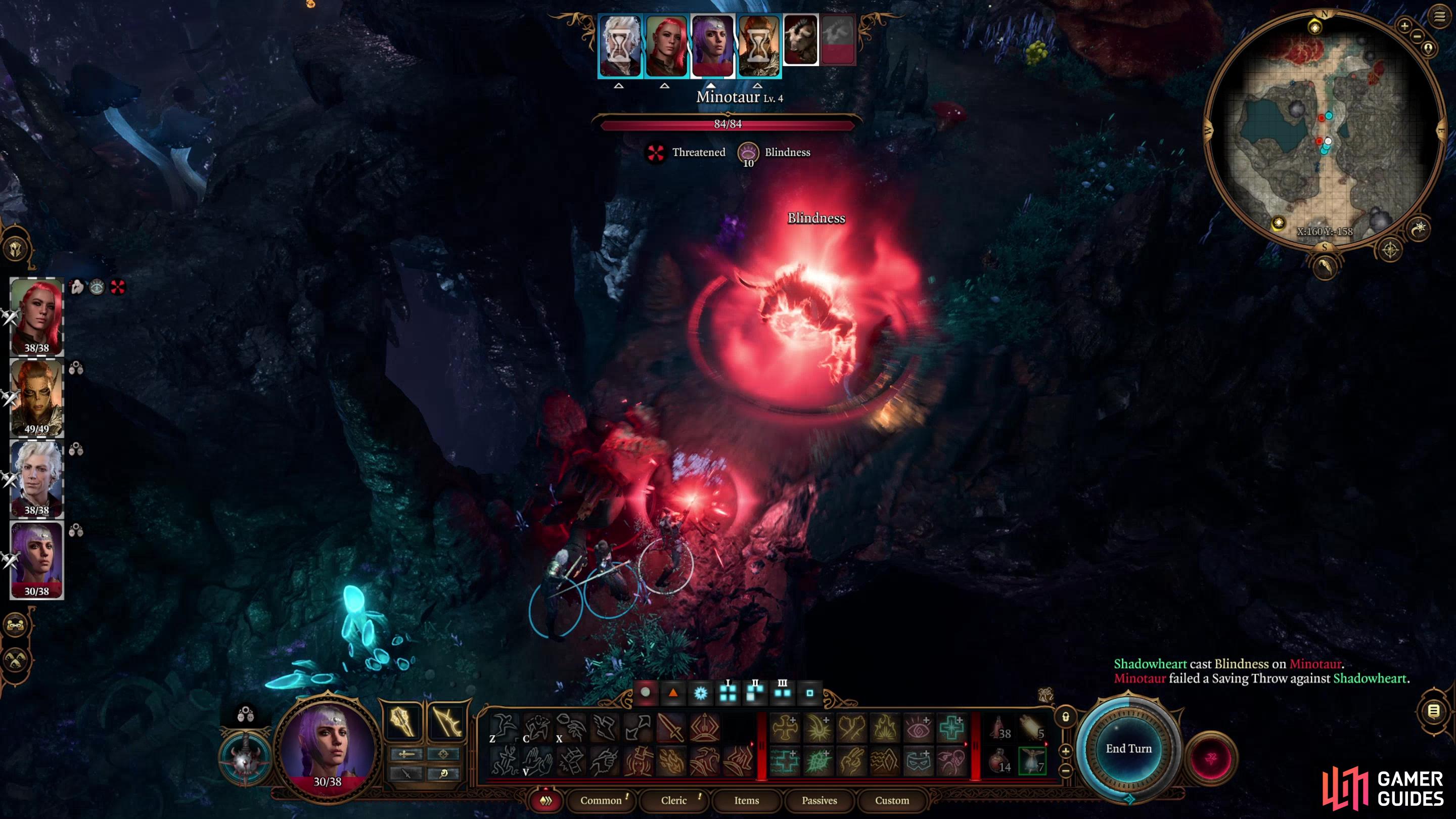
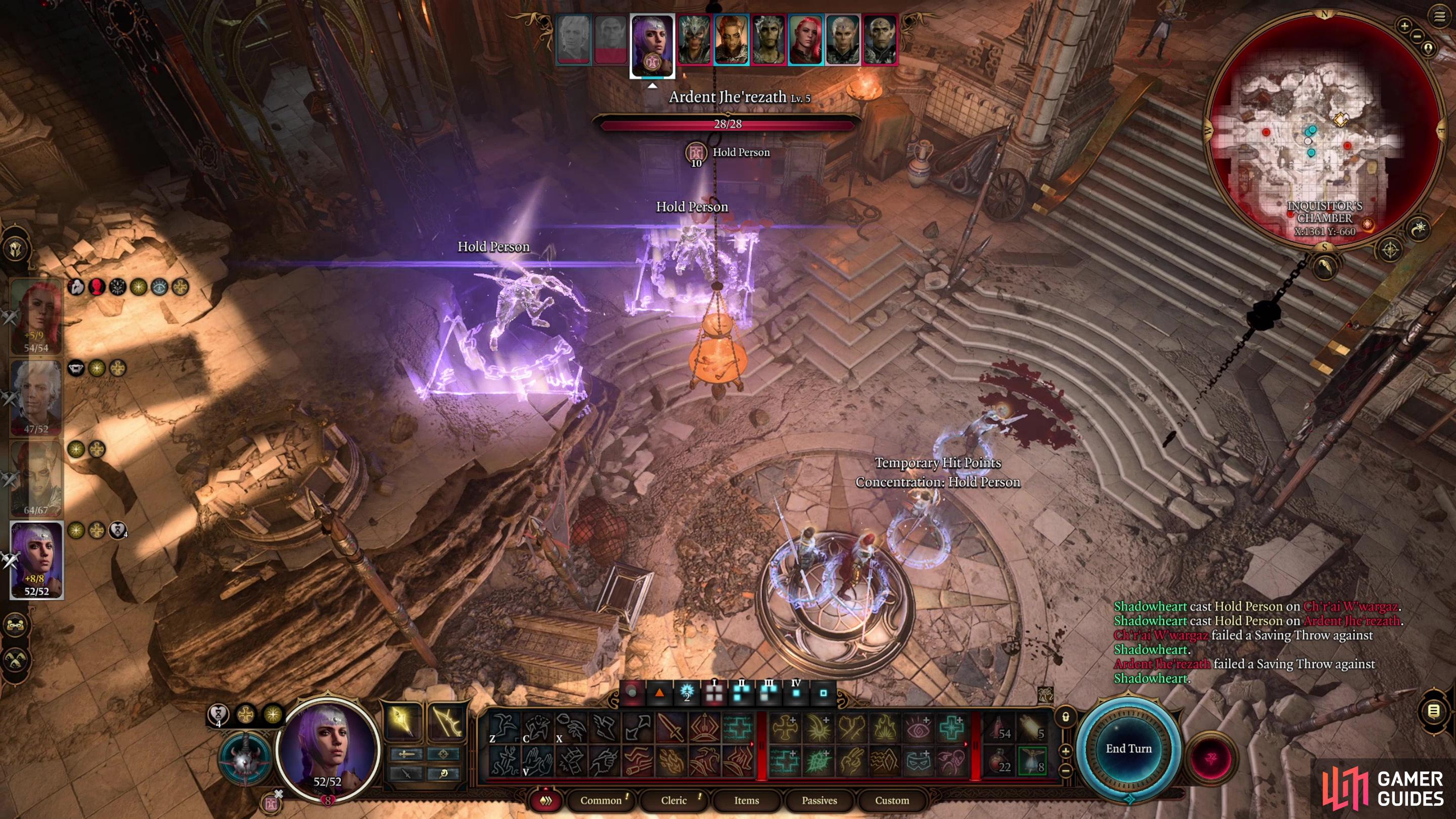
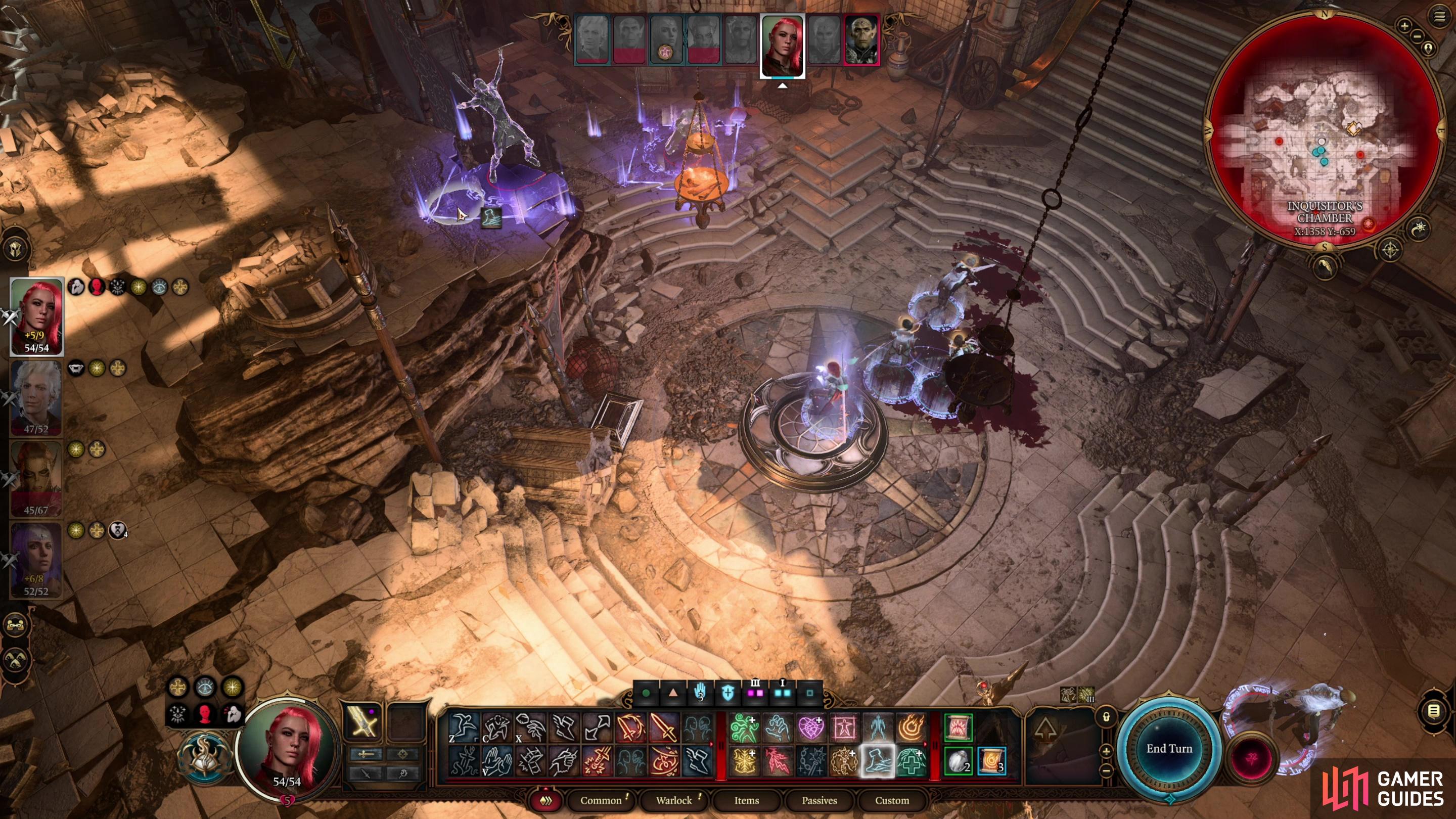
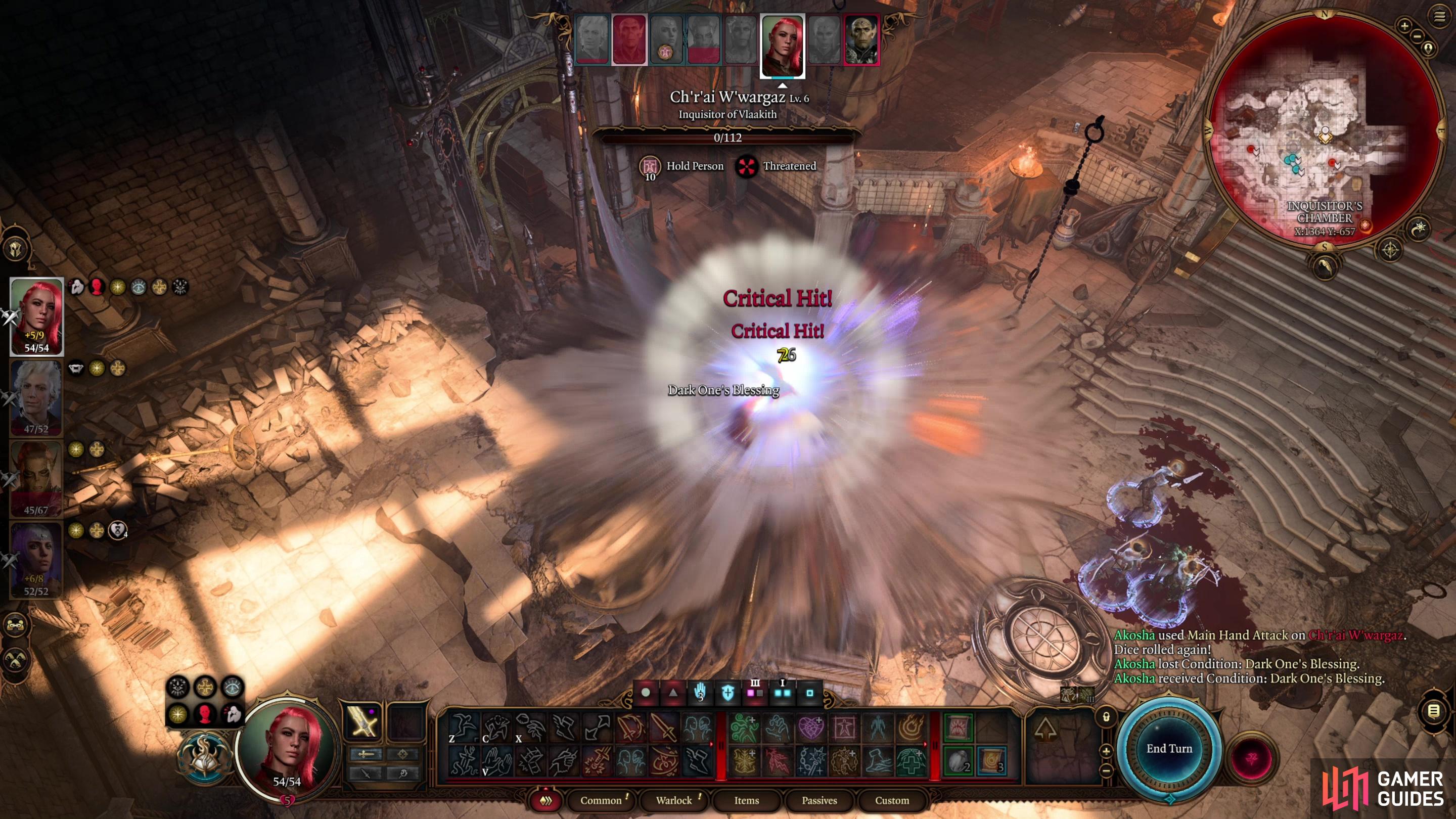
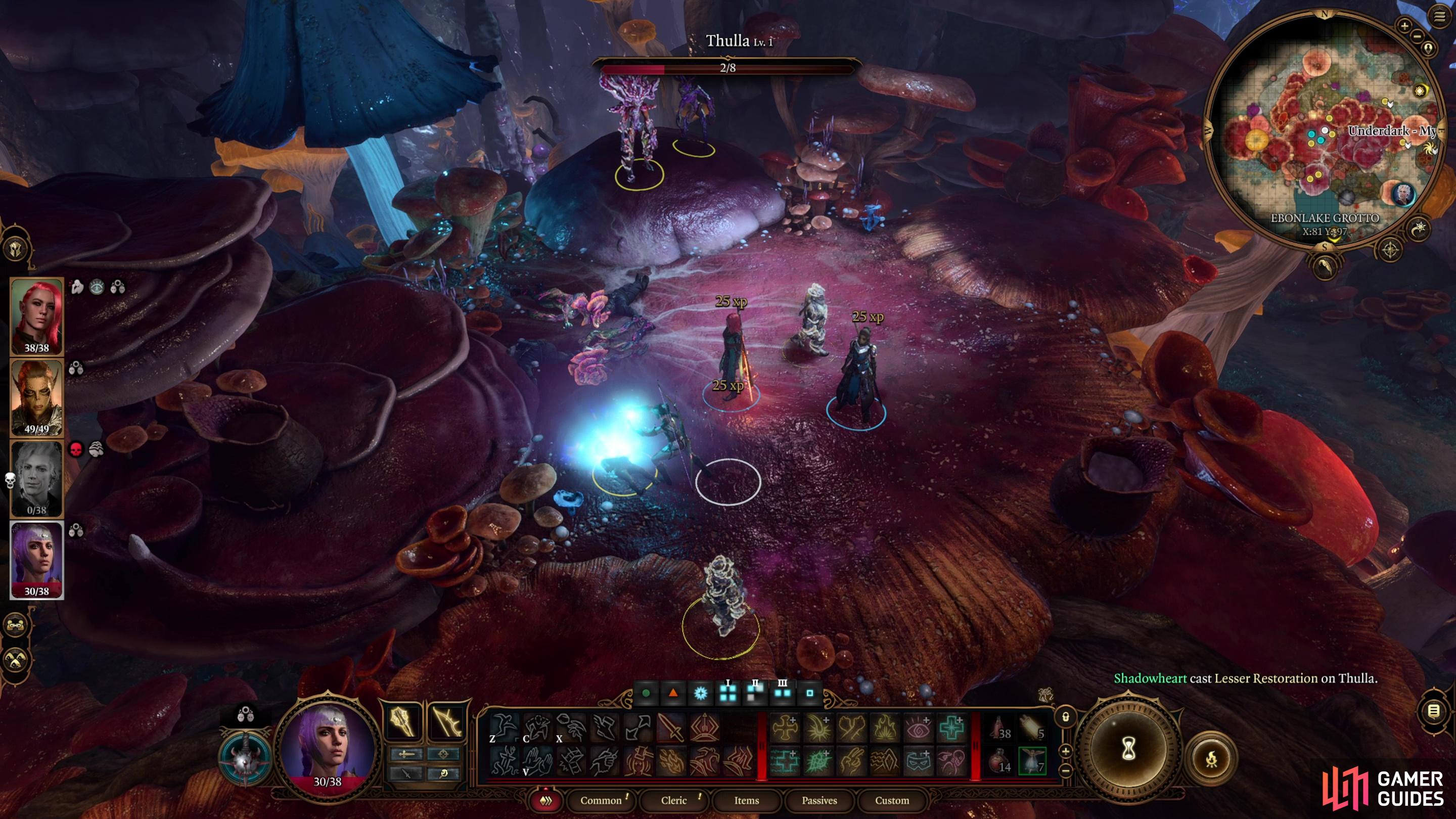

 Sign up
Sign up
No Comments